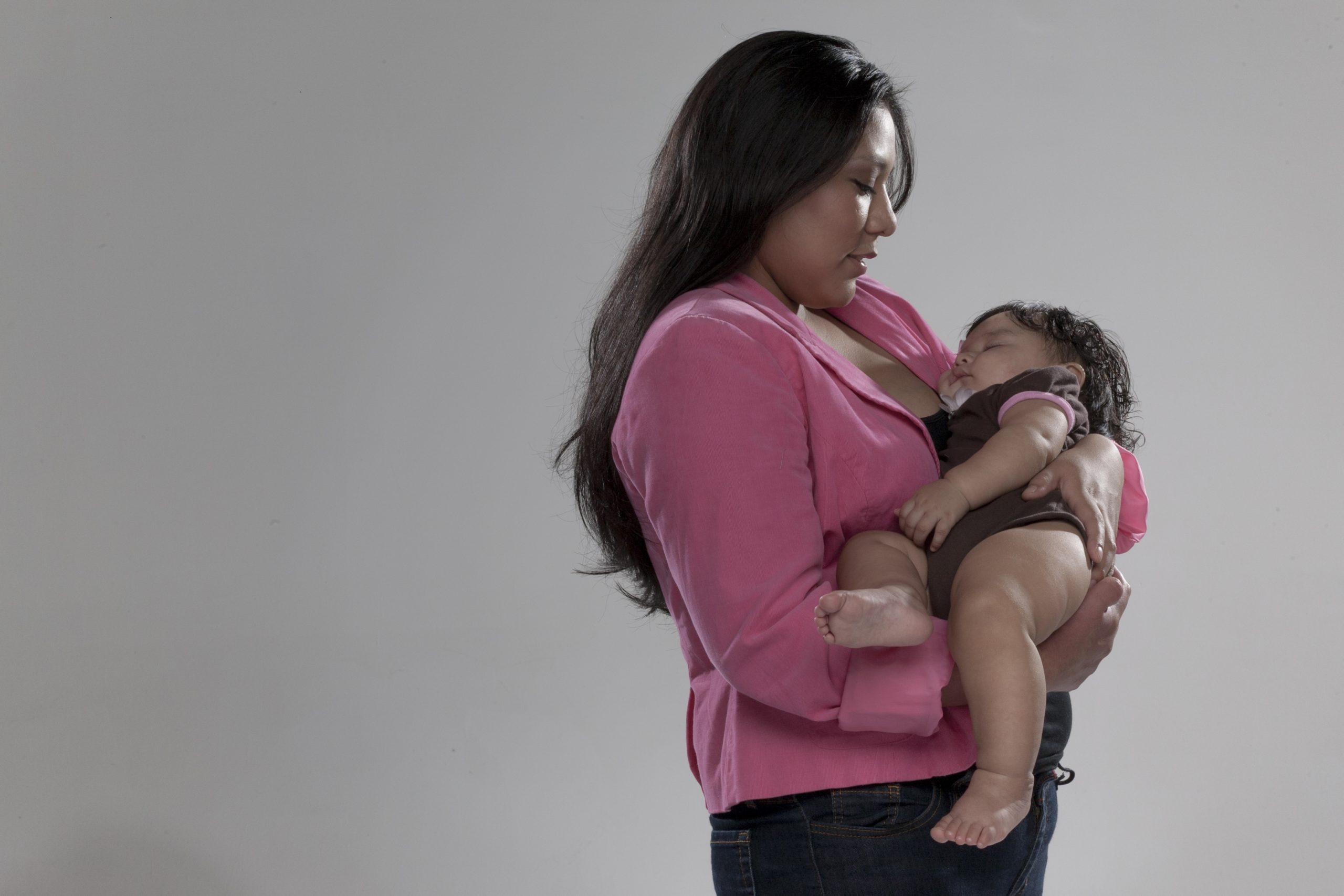The medical mistreatment of Native people is routed in a very real history, beginning with the foundation of this Country. As Indigenous people if affects all aspects of our lives today, including whose stories and voice are included in our history books being taught in school, along with what laws are created or amended, to how we are treated in society and within health care systems.
When we experience medical mistreatment, it’s good to think about how it harms us individually or collectively in the short and long term. What impacts does medical mistreatment have on our Elders and those to come? We can ask ourselves, what can we do about it?
What is Medical Mistreatment?
Medical mistreatment happens when someone is discriminated against within the medical system because of their race, skin color, or ethnicity. This can look like:
- Unfair, incorrect, or even no treatment
- Being asked irrelevant questions based on race or ethnic background rather than medical or health questions related to visit
- Having assumptions made about you or your family based on race or culture
Medical mistreatment also happens when healthcare institutions, like hospitals and clinics, have rules or policies that do not benefit or exclude people of color. This can look like rules or policies that:
- Underfund (or do not fund) hospitals or clinics in poorer neighborhoods
- Allow healthcare providers to opt out of trainings on cultural competency
- Underpay healthcare staff serving Tribal communities
How is it Harmful to Us?
Being treated differently in a medical setting can be fatal. When symptoms are downplayed or disregarded due to someone’s skin color, race, or ethnicity, that person may not receive the treatment they need, or because of the barriers to healthcare can lead less healthy lives overall . This can result in people dying or living without important treatments or medications that may improve or preserve life.
Medical mistreatment is dangerous, especially when people are too scared to come forward or they are ignored when they speak out.
So, What Can We Do?
One thing you can do is know your rights when receiving healthcare. Another thing you can do – if you are someone you love experiences medical mistreatment, you can act by:
- Talking to the health provider
If you feel that you are receiving improper treatment due to your skin color, race, or ethnicity, you could talk to your health provider. Share your concerns and let them know you believe you are being mistreated. Make sure to document this conversation in writing by sending a follow-up email to the provider. This can be used later. - Talking to a patient advocate
Most offices and hospitals have a patient advocate- people who advocate for patients, which could help improve the quality of your care. - Filing a complaint
If you don’t feel safe or heard by the health care provider you can speak with the Medical Director or file a complaint with the Department of Health and Human Services.
Medical mistreatment is never okay and can be life-threatening. Remember – it’s your right to ask questions and be informed about your body so you can make good decisions that will keep you healthy. It’s also your right to receive unbiased high-quality care from health providers who offer you useful advice about medications and treatments.
For more information about this topic:
- Your Rights when Receiving Healthcare
- We Are Healers
We need more Native doctors, nurses, nurse practitioners, medical assistants, medical students, physician assistants, dental health aid therapists, behavioral health aid therapists, and healers! To receive helpful resources, tips, and ideas to help you on the path to becoming a health professional, text HEALER to 94449.
Author: Shaelee Singer is a sophomore at Portland State University and member of the Navajo Nation. As an English major interested in education, Shaelee is grateful to be writing articles that spread awareness about health to Native youth.


